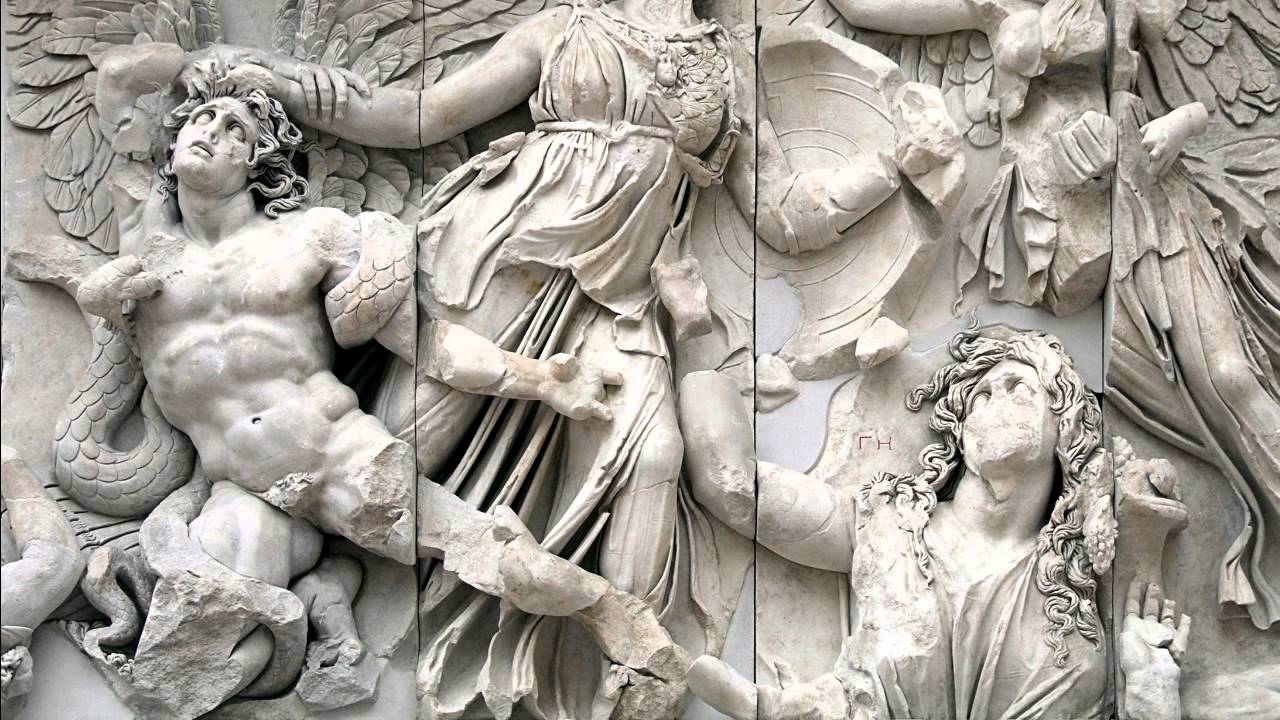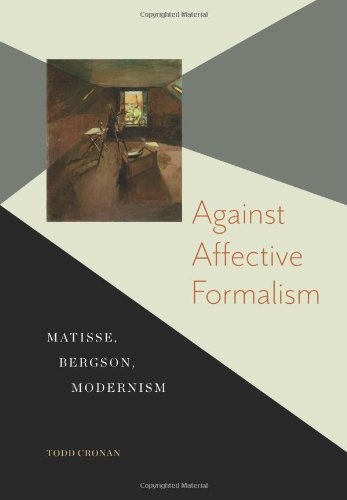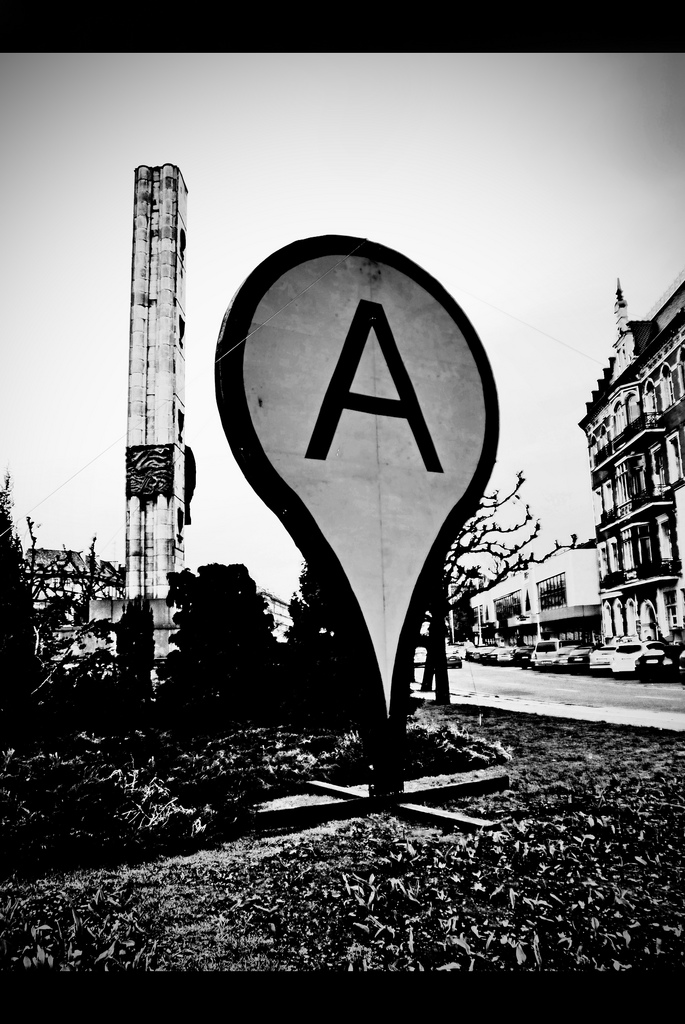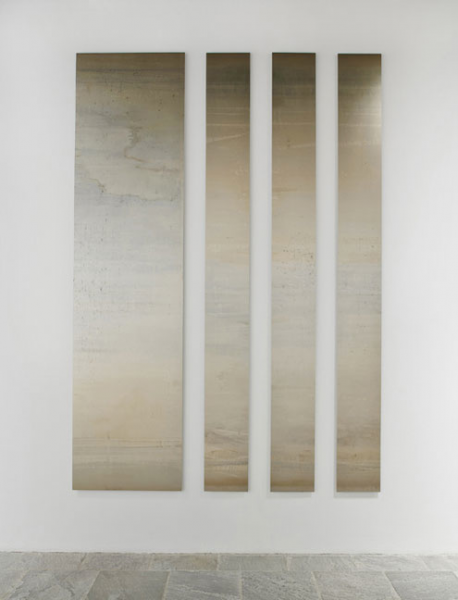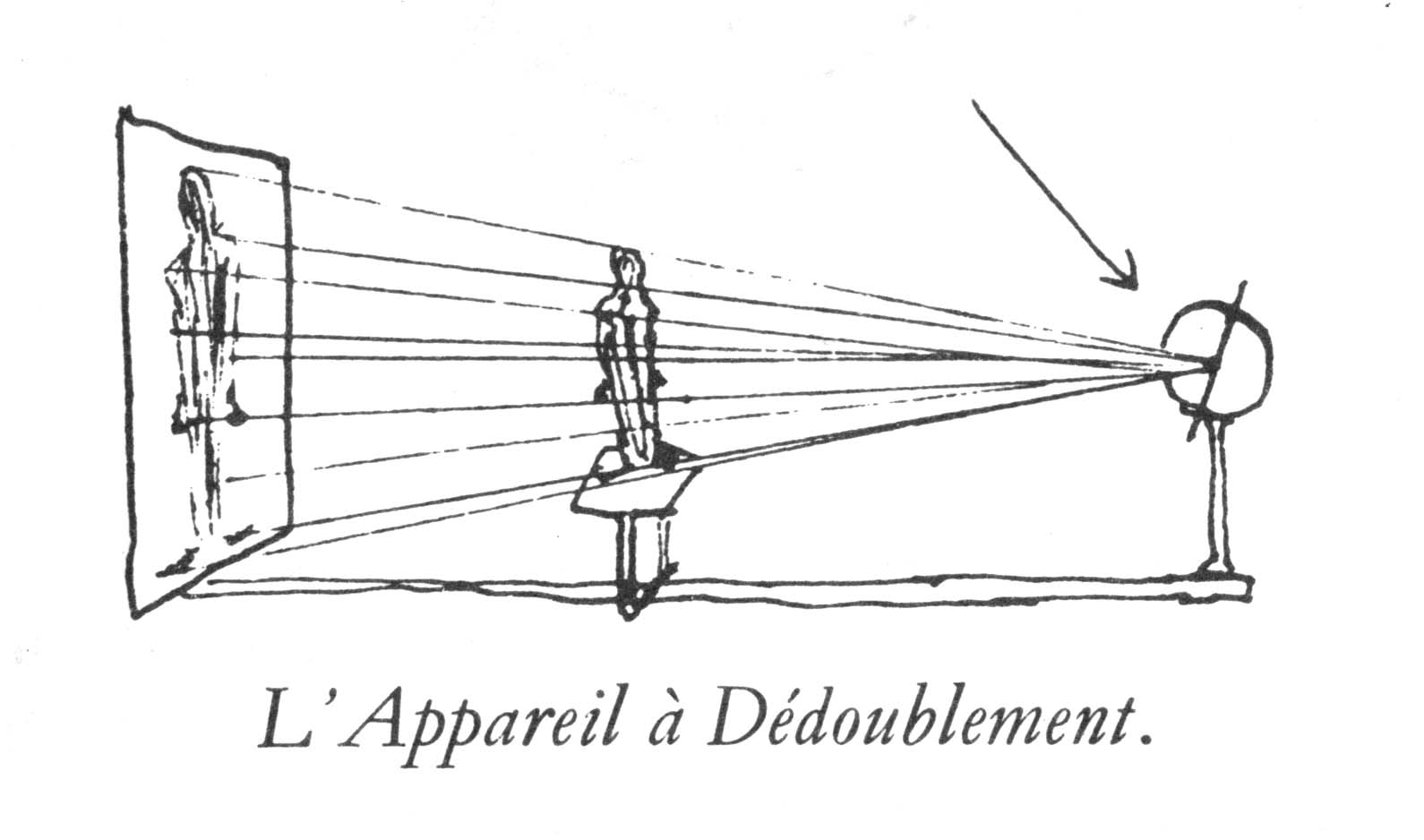What should the revolutionary poet be doing, when crisis – whether it be economic, social, environmental, or for that matter, aesthetic – appears increasingly frequent, inevitable, and irreversible? Or to ask the question in a slightly different form: What poetic forms do these conditions of crisis seem to require?
Let me be clear, the problems I raise do not stem from a dissatisfaction with the way October authors repeat a kind of party line. In fact, I envy the unity and consistency of the resolve and of course their massive impact on the discipline (what is there, politically speaking, besides anti-hierarchy in the humanities?). My point is that the basic set of claims shared by many of these authors is mistaken.
Pictures from all stages of Dzubas’s art since the 40’s will in time to come thrust themselves increasingly into attention: enough of them to establish him once and for all where he belongs, which is on the heights.
Like Ed Sanders’s antagonistically and aptly named Fuck You Press, whose publication list includes bootleg mimeograph printings of W.H. Auden and Ezra Pound, little magazines from 1964 serve as case studies for an avant-garde scene that grapples with the enshrinement of/resistance to previous avant-gardes…and an engagement with social antagonism….Ultimately, these scenes’ interest in social self-documentation is propelled by an attempt to get around the problem posed by the relegation of poems (of whatever aesthetic genealogy) to the cultural sphere.
While we don’t tend to think of William Burroughs in terms of his engagement with the interview, in fact the form underpins much of his (and his collaborators’) work from the 1960s forwards, including the cut-up. Taking the Beat concept of self-interviewing to its extreme conclusion, Burroughs and frequent collaborator Gysin, turn the form’s interrogative function on the artist and the artwork. In doing so they highlight the interview’s potential to be a critically engaged, radical form.
This conception of art, however, is not just limited to fiction; and indeed, it also underlies a dominant strain of Latin Americanist thought that comprises the focus of this essay, and for which this unframing has been conceived as a point of departure for a host of theoretical positions not just on art, nor on literature alone, but on politics as well. These positions includethe testimonio criticism, affect theory, postautonomy, and posthegemony. Despite apparent differences between these, we argue that what has unified Latin Americanist criticism and theory at least since the 1980s, is this question of the frame, or more precisely, the effort to imagine how the text dissolves it.
BY Steve Buttes
Without a representation of the operation of the credit system and the knowledge that comes from it, we are limited to sensing debt as simply part of our own experiences, as something natural and determined. In a period in which credit is absorbed into the flow of everyday life, where debt is both everywhere invisible and indeterminate, how can we see capital and map our relation to it?
Even the seeming agency of individual taste becomes an ossified representation of categorized, predictable choices and habits such that, according to class, education, and political leanings, individuals could be predicted to demonstrate affinities for Bach or Brassens, Le Monde or Le Figaro, tennis or football, a tidy or a harmoniously designed home.
Deschenes then begins to build into the logic of each of her photographs a specific quality – scale, frame, posture, and sometimes color. This is what abstraction means, in case we have forgotten: a work of art does not “look abstract” and it “is” not “an abstraction.” A work of art abstracts a specific quality. Sometimes such qualities derive from observation: a subject can be abstracted, but that does not mean that it is rendered blurry or otherwise stylistically abstract.
So we have two modes of politics. One that depends on your subject position and one that doesn’t. And we have two kinds of art: one that depends on your subject position and one that doesn’t. And they align themselves, one with the other, according to what they assume about representation and about truth. Which kind of art is Miró’s? Or is it another kind altogether? And what kind of politics does it embody?


